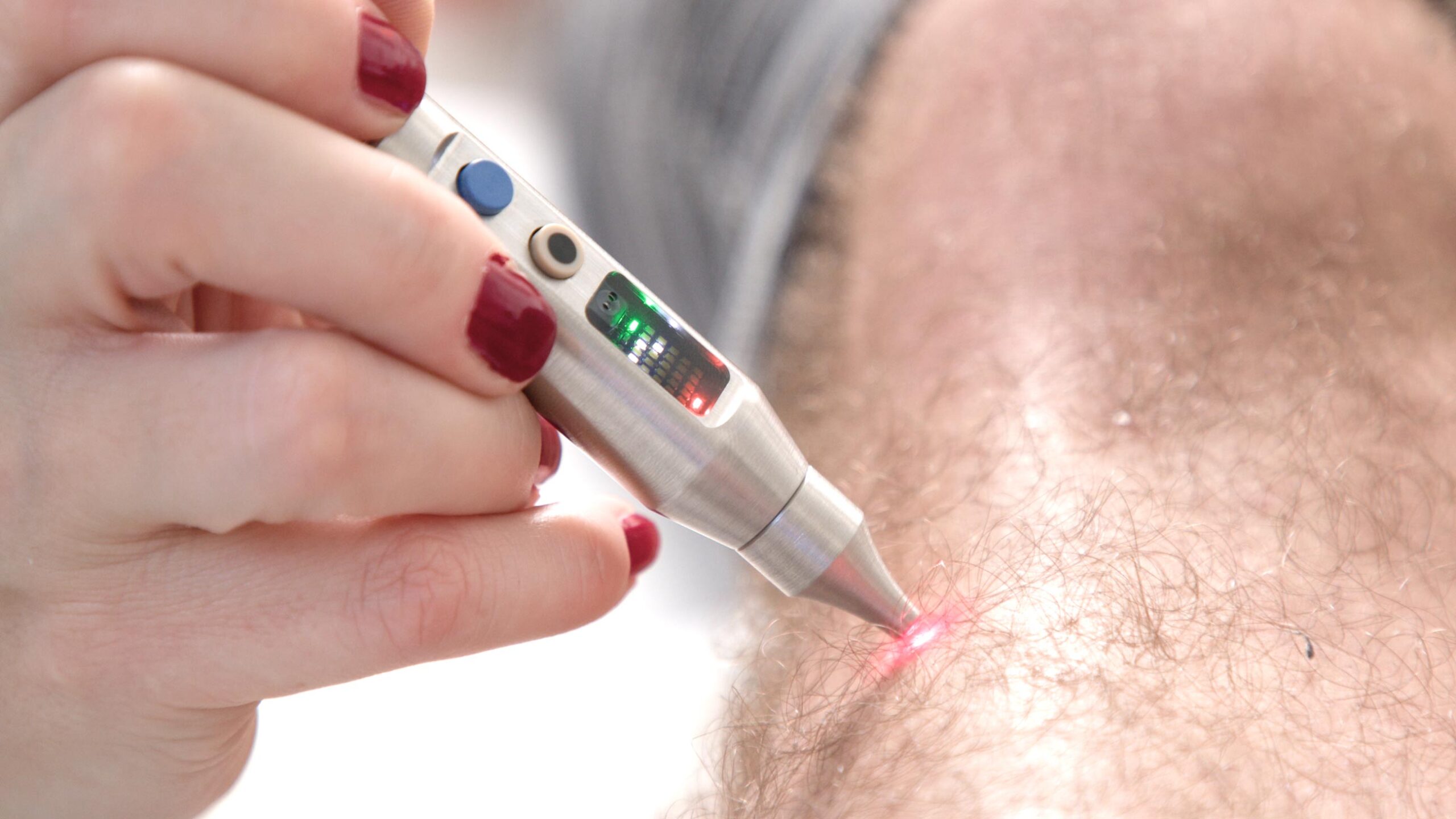
Therapy Options
FUNCTIONAL AREAS
Sports medicine & Physiotherapie:
Laser therapy achieves fast and lasting healing effects in chronic and acute functional disorders of the joints, in muscle injuries, as well as in tendinitis and tendon injuries. It also supports muscle regeneration after physical activity. Due to their pain-relieving effect, the use of painkillers can be reduced.
Low-level laser therapy is an effective treatment for sports injuries, particularly jumper’s knee, tennis elbow and Achilles tendonitis.
Low-level laser therapy has positive effects on exercise-induced skeletal muscle fatigue and changes in biochemical markers related to post-exercise recovery.
Pain relief and wound healing:
By influencing the mitochondria, the absorbing laser light causes a better availability of the “cell fuel” adenosine triphosphate (ATP). By activating cell metabolism, the division rate of collagen-producing fibroblasts and epithelial cells is accelerated, which means that granulation tissue is formed more quickly. The activity of macrophages is also promoted, thereby increasing wound healing.
The release of various pain-inhibiting biomediators or neurotransmitters is promoted (serotonin, endomorphins), the release of pain-inducing or mediating biomediators is inhibited. (Substance P, bradykinin, prostaglandins)
The biomediators also have an anti-inflammatory and anti-edematous effect. By increasing macrophage activity, the local immune system is also improved.
Beauty & Cosmetic:
Although the skin is the organ that is naturally exposed to light more than any other organ, it still responds well to red and near-infrared wavelengths. The photons are absorbed by mitochondrial chromophores in skin cells. Consequently electron transport, adenosine triphosphate (ATP) nitric oxide release, blood flow, reactive oxygen species increase and diverse signaling pathways get activated. Stem cells can be activated allowing increased tissue repair and healing. In dermatology, LLLT has beneficial effects on wrinkles, acne scars, hypertrophic scars, and healing of burns. LLLT can reduce UV damage both as a treatment and as a prophylaxis. In pigmentary disorders such as vitiligo, LLLT can increase pigmentation by stimulating melanocyte proliferation and reduce depigmentation by inhibiting autoimmunity. Inflammatory diseases such as psoriasis and acne can also benefit. The non-invasive nature and almost complete absence of side-effects encourages further testing in dermatology.
Midwives:
Buy or rent? Either you prefer treatment by a doctor, a midwife, perhaps even in an institution, or you would like to have a laser device available at home. In the second case, you have the option of buying or renting a laser.
Areas of application in obstetrics
During pregnancy:
- Hemorrhoids
- Herpes genitalis
To treat the breast:
- sore nipples in breastfeeding mothers
- Milk engorgement
- beginning breast inflammation
- Episiotomy/tear
After a cesarean section:
- Difficulty sitting due to the seam
- Wound healing disorders
- edematous and rising sutures
- Scar pain
- preventive after sewing
For back problems:
- Sciatica symptoms
- Tension of the shoulder girdle
In infants:
- poorly healing navel
- Diaper rash
Veterinary medicine:
- Laser therapy is particularly useful for pets with limited medical treatment options, such as:
- Pets with liver disease who cannot take medications.
- Cats, for whom only a few pain-control medications are approved.
- Exotic pets for whom medication administration is difficult or impossible.
- Older pets with diminished organ function.
- Nearby every pet after surgical procedures for the scar treatment and pain relief.

